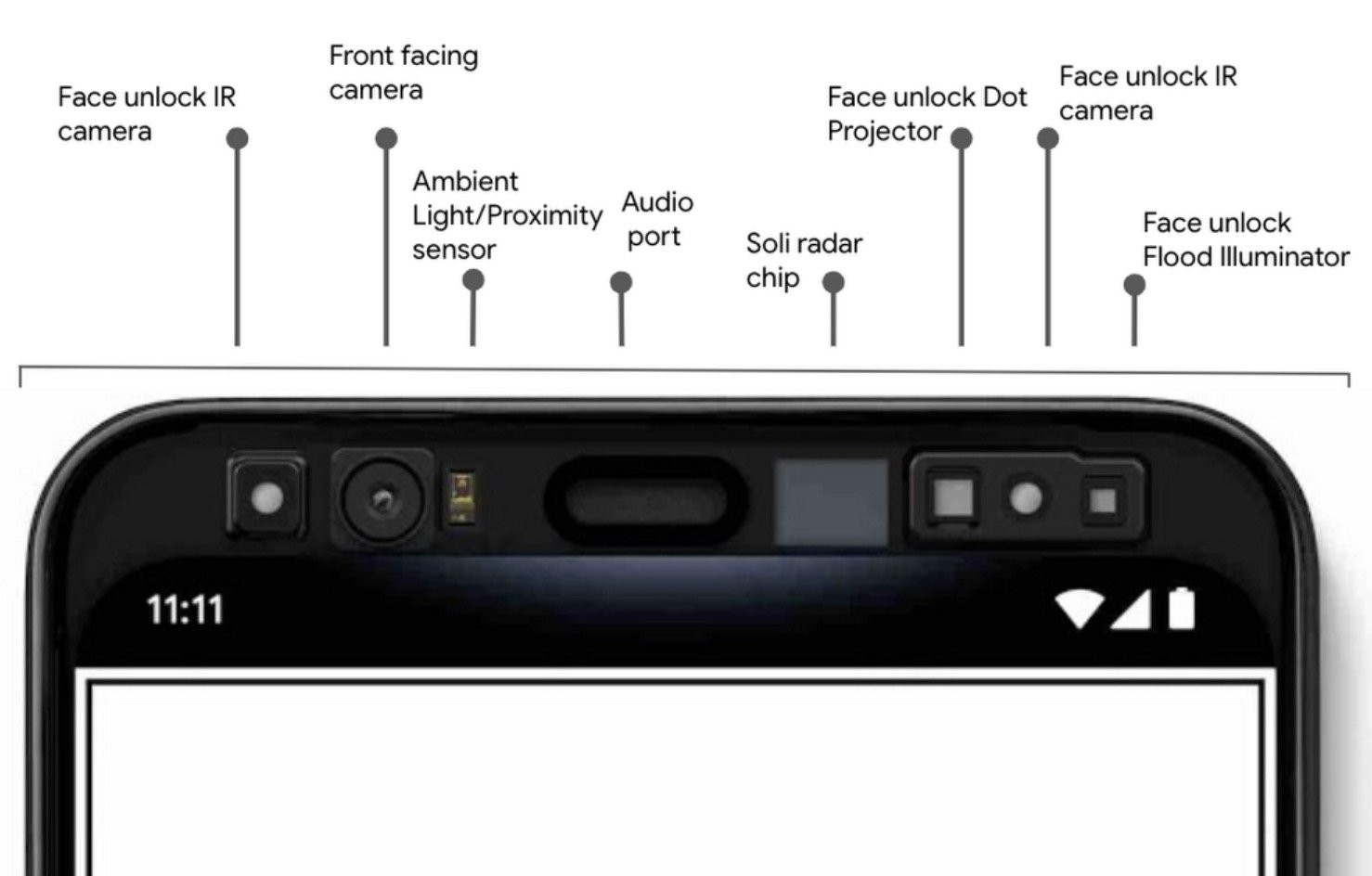Google takes a page from Apple with Face Unlock in Pixel 4

Face ID has been a major selling point of the iPhone since the iPhone X was released in 2017. Now, Google is releasing a facial unlocking feature of its own in this year's Pixel 4.
The search giant on Monday released a Pixel 4 teaser video demonstrating how the new feature works. You look at the device and it unlocks, like other smartphones that support facial unlocking. But according to Google, its face unlock feature is engineered differently, thanks a motion-sensing radar known as Soli.
This new chip, along with Motion Sense features, will allow Pixel 4 owners to use gestures to skip songs, snooze alarms, and more.
Other phones require you to lift the device all the way up, pose in a certain way, wait for it to unlock, and then swipe up to get to the homescreen. Pixel 4 does all of that in a much more streamlined way. As you reach for Pixel 4, Soli proactively turns on the face unlock sensors, recognizing that you may want to unlock your phone. If the face unlock sensors and algorithms recognize you, the phone will open as you pick it up, all in one motion.
Google says that its face unlock feature will work in "almost any orientation," even if your phone is being held upside down or sideways, which is something you can't say for the iPhone (although the iPad Pro is a little more sophisticated). Similar to the iPhone, the Pixel 4 features an IR camera, Dot Projector, and a Flood Illuminator.

When the Pixel 4's face unlock feature is used, everything is processed on the device, so no images or data leaves your phone, something Apple also boasts with Face ID. "The images used for face unlock are never saved or shared with other Google services," Google said.
In a blog post, Google recognizes that it's not the first company to introduce facial unlocking. But it's confident that its technology is better than the competition. We'll see how the Pixel 4 stacks up to the iPhone and other Android devices when it's released this fall.
iMore offers spot-on advice and guidance from our team of experts, with decades of Apple device experience to lean on. Learn more with iMore!

